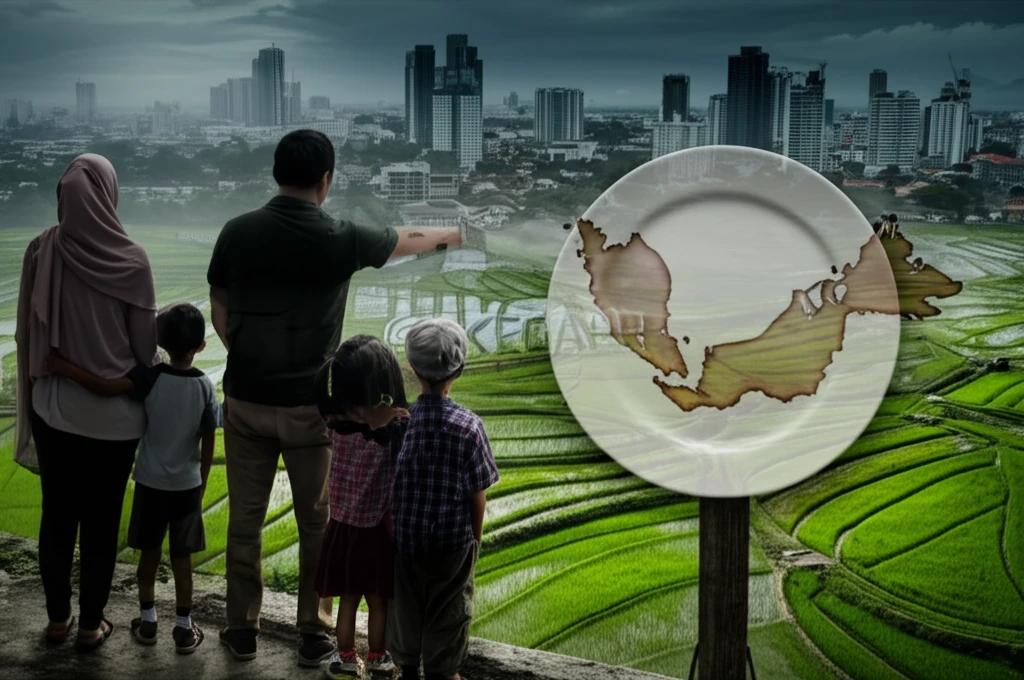
Is Your Plate Secure? Unpacking Food Insecurity in Malaysia and What It Means for You
"A Deep Dive into Local Food Access, Affordability, and the Surprising Gaps in a Nation Known for Abundance"
In a world where grocery store shelves seem endlessly stocked, it's easy to assume that everyone has enough to eat. But what happens when access to sufficient, safe, and nutritious food becomes a daily struggle? This is the reality of food insecurity, a complex issue that goes beyond simple hunger.
Malaysia, a nation celebrated for its diverse cuisine and robust economy, holds a respectable position of 32 out of 105 countries in the Global Food Security Index. This ranking considers factors like affordability, availability, and the overall quality of food. But can a national index truly capture the nuances of food access at the local level?
This article delves into a study conducted in Kedah, a northern state in Peninsular Malaysia, to examine the spatial mapping of food security in the Mukim (districts) of Pendang. By comparing food insecurity between Mukim Ayer Putih, Mukim Guar Kepayang, and Mukim Bukit Raya, this research reveals surprising disparities and challenges the assumption that national food security translates to food security for all.
The Four Pillars of Food Security: Are We Missing a Foundation?

The Food and Agriculture Organization (FAO) defines food security as existing “when all people, at all times, have physical and economic access to sufficient, safe and nutritious food to meet their dietary needs and food preferences for an active and healthy life.” This definition rests on four key pillars:
- Availability: Is there enough food produced and accessible within a given area or country?
- Accessibility: Can people physically reach and afford the food that is available?
- Utilization: Are people able to properly use and benefit from the nutrients in the food they consume? This includes adequate nutrition, sanitation, and healthcare.
- Stability: Is the food supply consistent and reliable, or is it subject to shocks like price fluctuations or climate-related disasters?
Beyond the Plate: A Call to Action for Food Security in Malaysia
The Kedah study serves as a stark reminder that national food security statistics don't always paint the full picture. By using spatial mapping and local-level data, we can identify vulnerable populations and tailor interventions to address their specific needs. Further research is crucial to understand the root causes of food insecurity in these identified villages and to develop sustainable solutions that ensure everyone in Malaysia has access to a secure and nutritious food supply.
